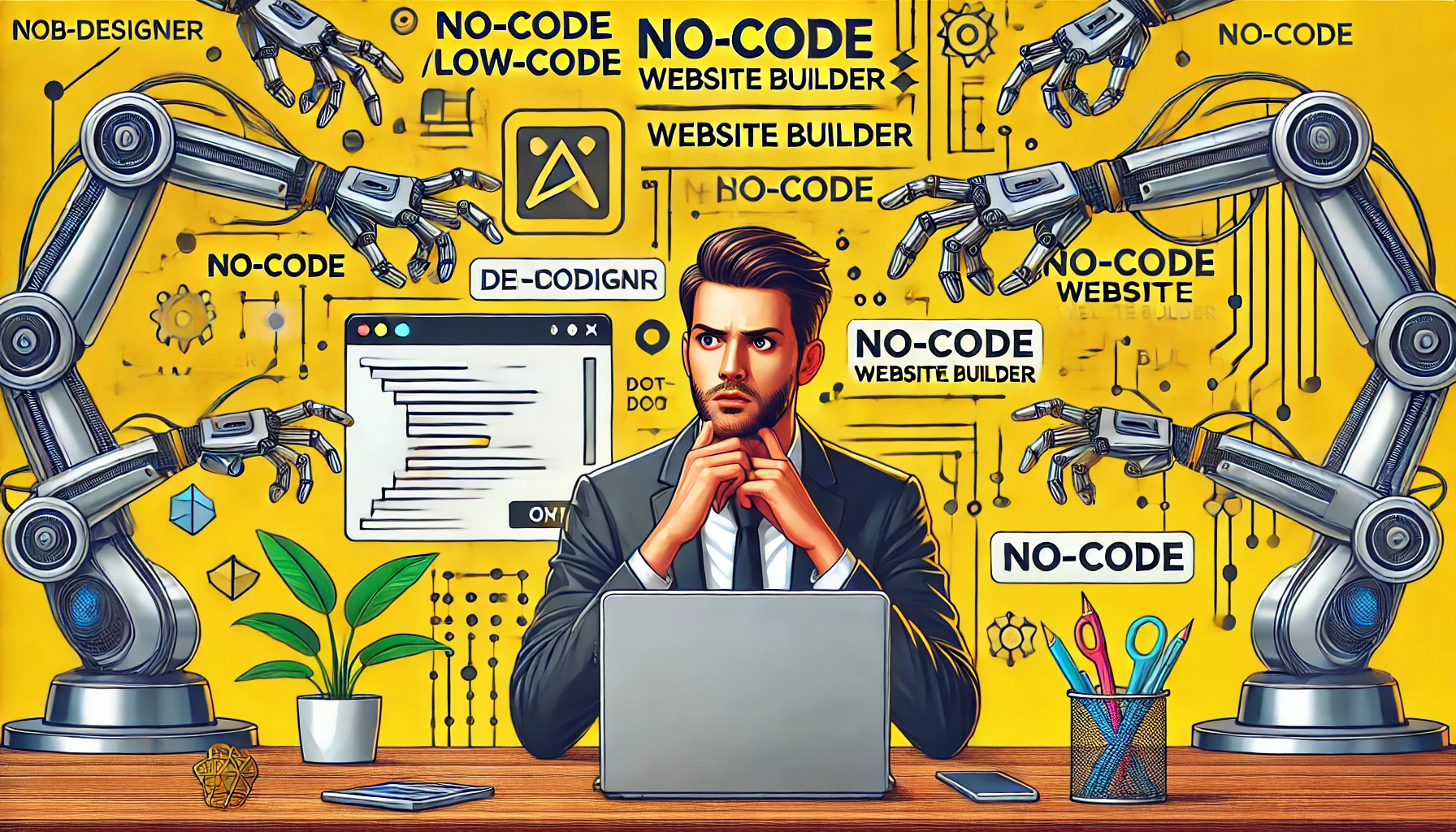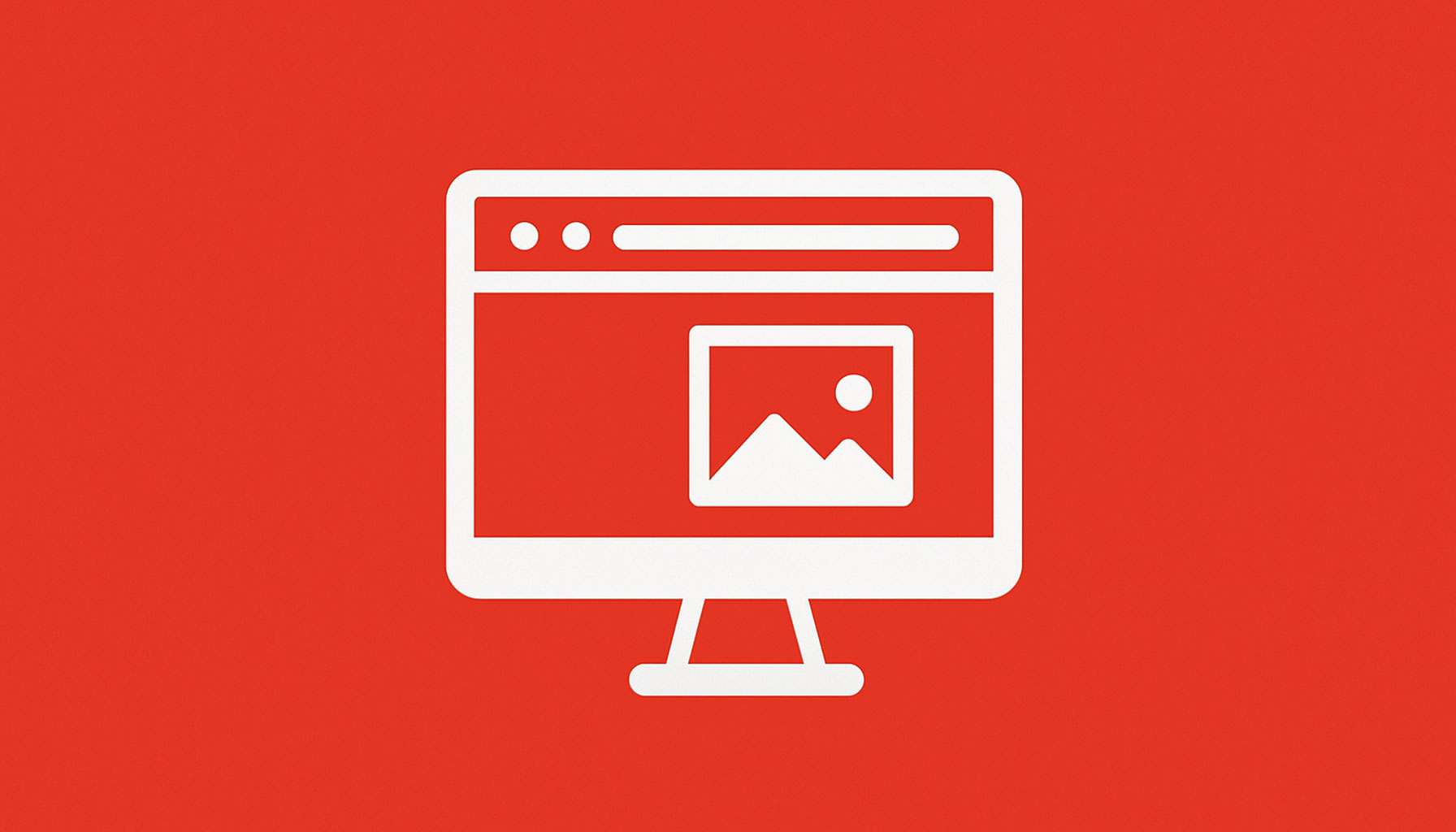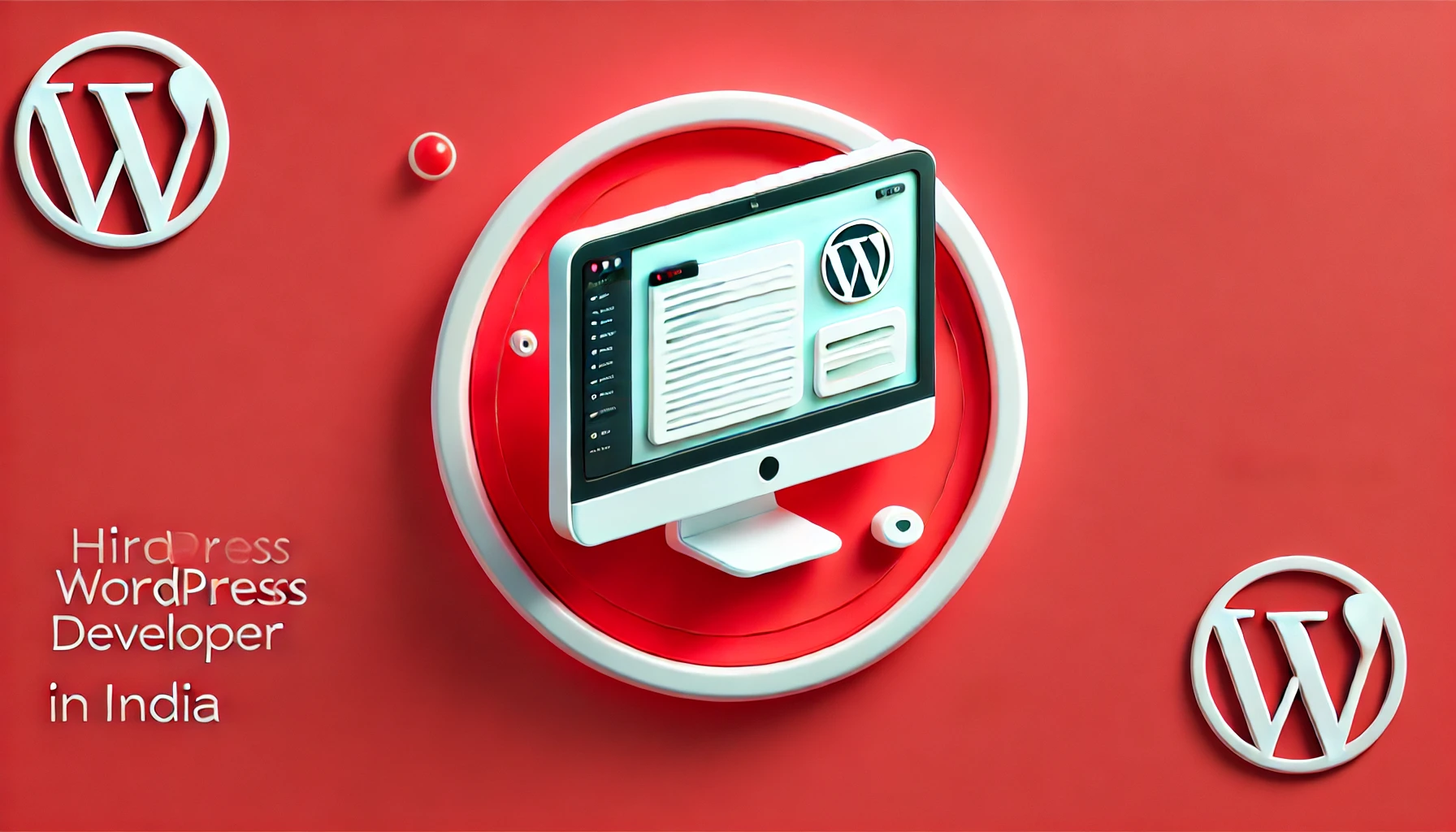The rapid growth of No-Code and Low-Code platforms has significantly changed the digital landscape, making it easier than ever to create websites. With tools like Webflow, Wix, and Bubble allowing users to build sites without any coding experience, a crucial question emerges: Are traditional web designers at risk of becoming obsolete?
As more businesses and individuals turn to these user-friendly tools, the role of web designers is shifting. However, instead of rendering professional designers unnecessary, No-Code and Low-Code technologies are transforming the way websites are developed. This article delves into the effects of these platforms on web design and whether designers should view this change with concern or optimism.
Understanding No-Code and Low-Code
What is No-Code?
No-Code platforms cater to non-technical users, enabling them to create websites and applications through visual interfaces instead of programming languages. These platforms offer pre-built components that can be easily dragged and dropped, allowing users to design functional websites without needing to write any code.
Popular No-Code platforms:
Wix: Perfect for small businesses and personal projects.
Webflow: Provides advanced design features with a visual development approach.
Bubble: Specializes in web applications with database capabilities.
What is Low-Code?
In contrast, Low-Code platforms strike a balance between visual development and traditional coding. They allow users to create applications with minimal coding, making them suitable for developers who want to speed up the development process while still having control over custom features.
Popular Low-Code platforms:
OutSystems: Focused on enterprise-level app development.
Mendix: Caters to both business users and professional developers.
WordPress with custom coding: Offers extensive customization through themes and plugins.
The Advantages of No-Code and Low-Code
Faster Development
No-Code and Low-Code platforms can drastically cut down development time. Instead of taking months, websites can be created in just days or even hours.
Cost Efficiency
Hiring a web designer or developer can be quite costly, particularly for small businesses and startups. No-Code tools offer a budget-friendly alternative, enabling users to build functional websites at a much lower cost.
Empowering Non-Technical Users
These platforms allow non-developers to easily launch websites, giving entrepreneurs and small business owners the ability to manage their online presence without needing outside assistance.
Ease of Maintenance
Traditional web development often involves ongoing maintenance and updates, which can add up. No-Code platforms streamline this process by providing automated updates and intuitive dashboards.
Limitations and Challenges
Design Limitations
Although No-Code tools come with templates and customization options, they frequently lack the flexibility and creative freedom that professional designers can provide.
Scalability Issues
No-Code solutions might not be ideal for large-scale projects that require advanced features and integrations.
SEO and Performance Concerns
Certain No-Code platforms have restrictions in terms of SEO customization and website performance, which can impact search rankings and user experience.
Security Risks
Dependence on third-party platforms means users rely on their security protocols, which may not always align with industry standards.
Brand Uniqueness
Utilizing templates can lead to generic-looking websites, making it challenging for businesses to differentiate themselves.
The Role of Web Designers in the No-Code Era
Customization and Personalization
Web designers can utilize No-Code tools to enhance their workflow while providing customization that goes beyond the limitations of templates.
UX/UI Expertise
Designers possess crucial skills in user experience (UX) and user interface (UI) design that No-Code users may not have, ensuring designs are both intuitive and visually appealing.
Strategic Thinking
In addition to aesthetics, web designers grasp branding, user behavior, and business objectives, all of which are vital for a successful online presence.
Enhancing Workflow
By incorporating No-Code tools into their processes, designers can concentrate on high-value elements like branding and custom interactions instead of repetitive coding tasks.
Future of Web Design: Evolution, Not Extinction
Hybrid Roles
Web designers are transforming into hybrid professionals, merging design skills with automation and strategic thinking.
Need for Customization
Businesses that need unique, high-performance websites will continue to depend on professional designers for advanced features and branding.
AI and Automation
As AI-driven design tools advance, designers can incorporate them into their workflows to boost efficiency rather than being replaced by them.
Collaboration, Not Competition
Instead of seeing No-Code as a threat, designers can work alongside clients who use these platforms, providing premium customization and consulting services.
Conclusion
The emergence of No-Code and Low-Code platforms does not indicate the demise of web design; instead, it represents a change in how websites are built. These tools enable more individuals to create websites, but they cannot substitute the expertise, creativity, and strategic insight that professional designers contribute. By adapting to this changing landscape, web designers can secure their careers and continue to provide valuable services in a technology-driven environment.





